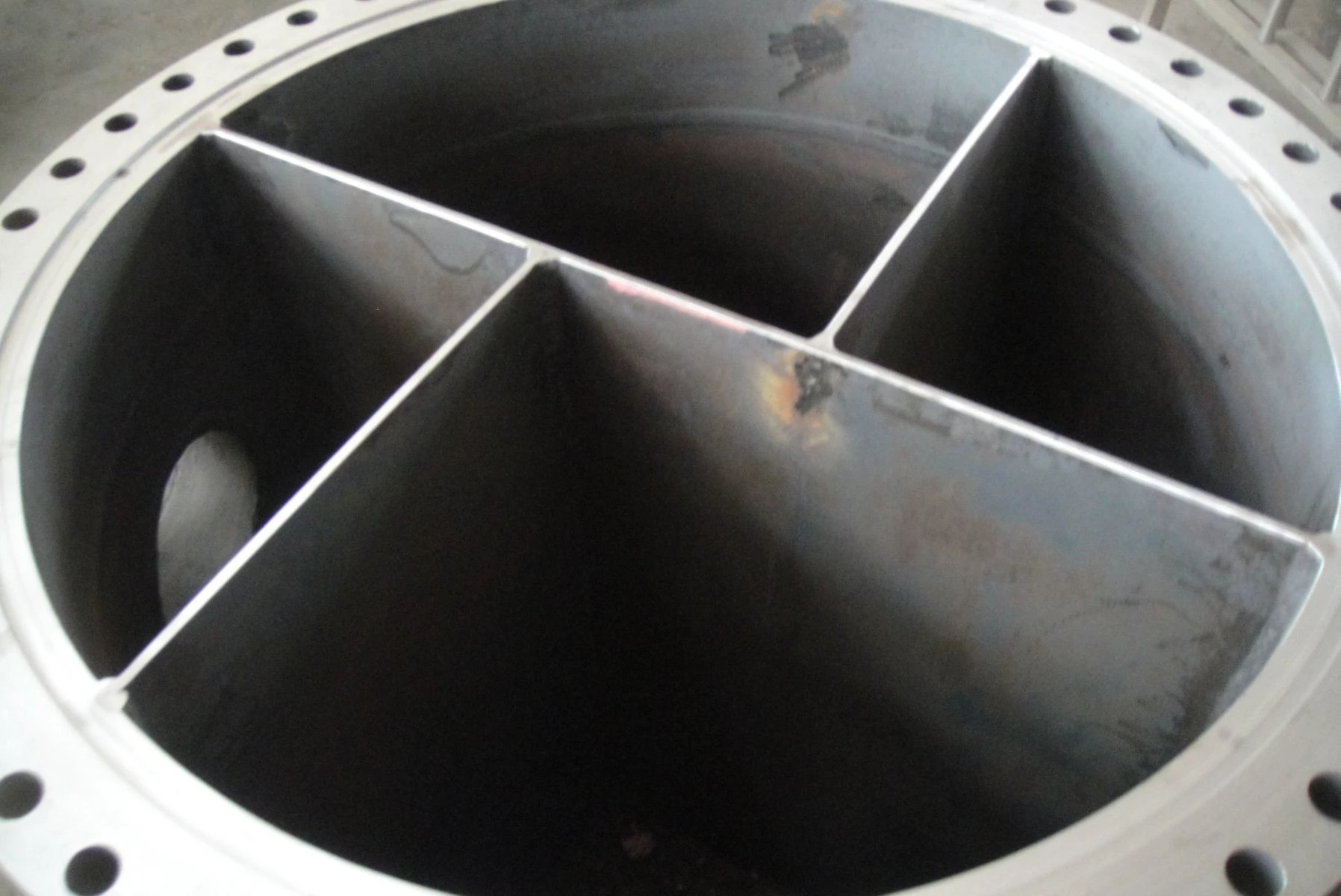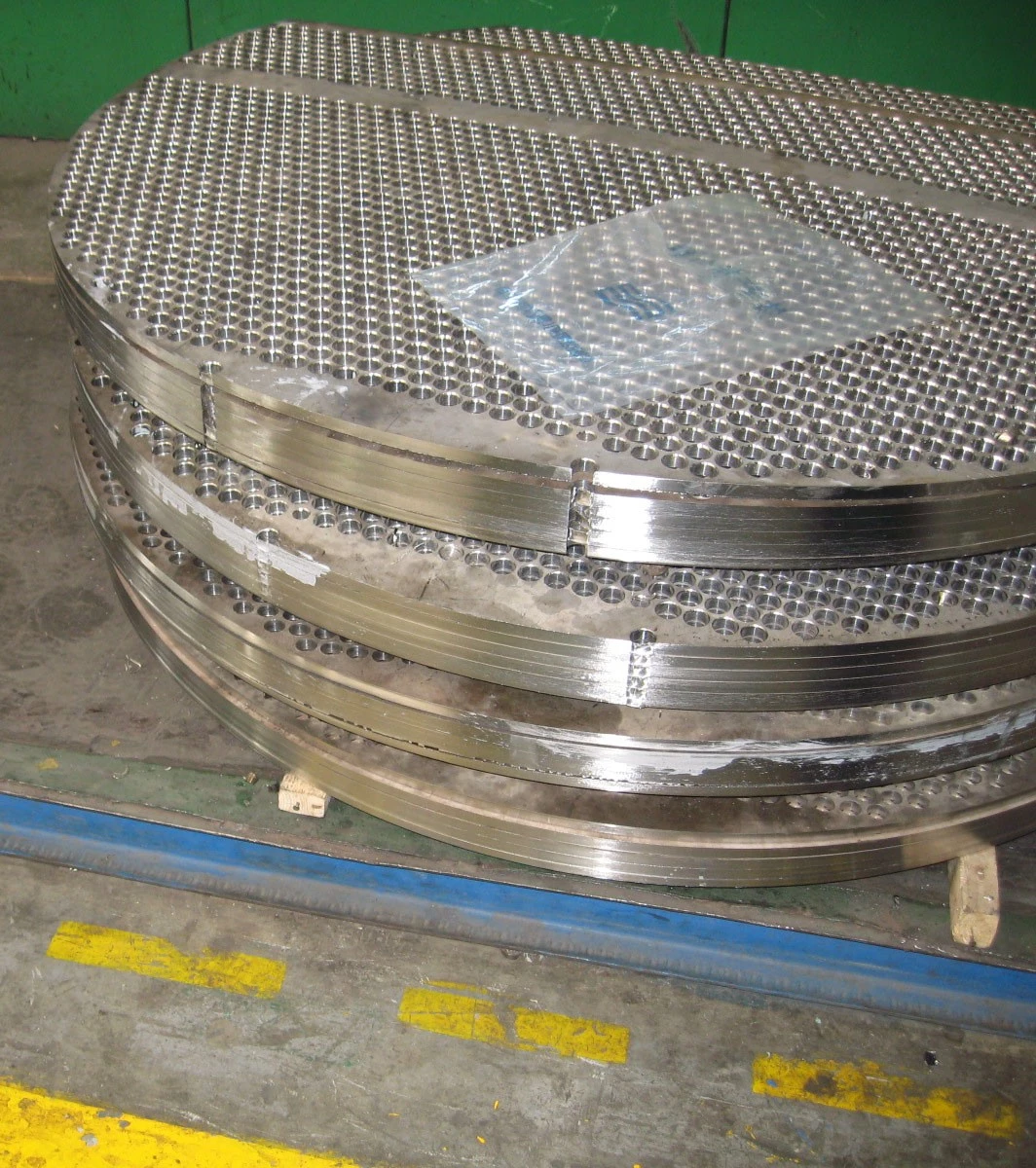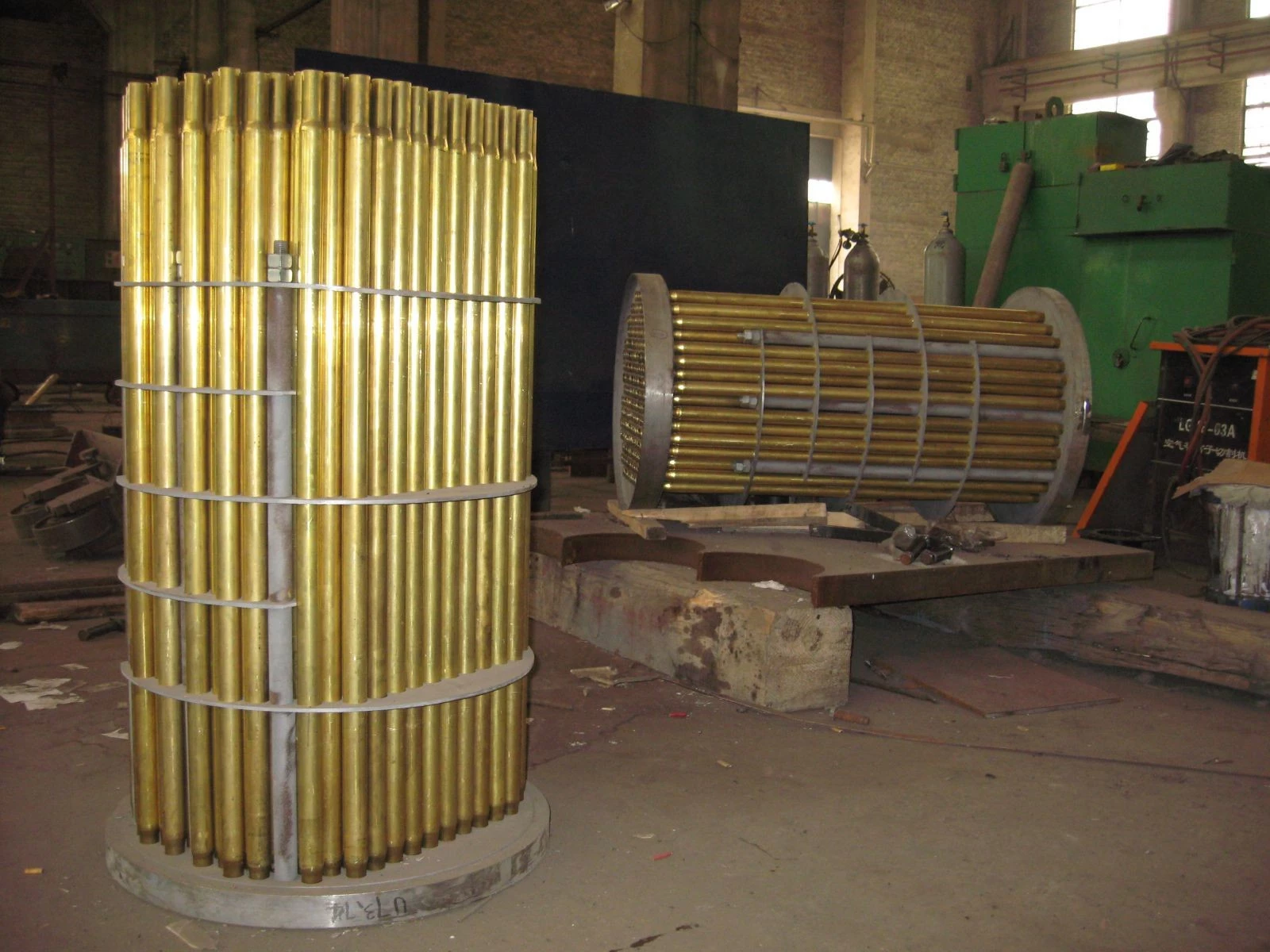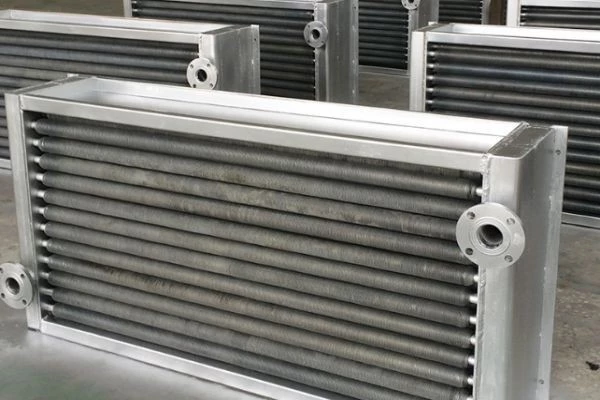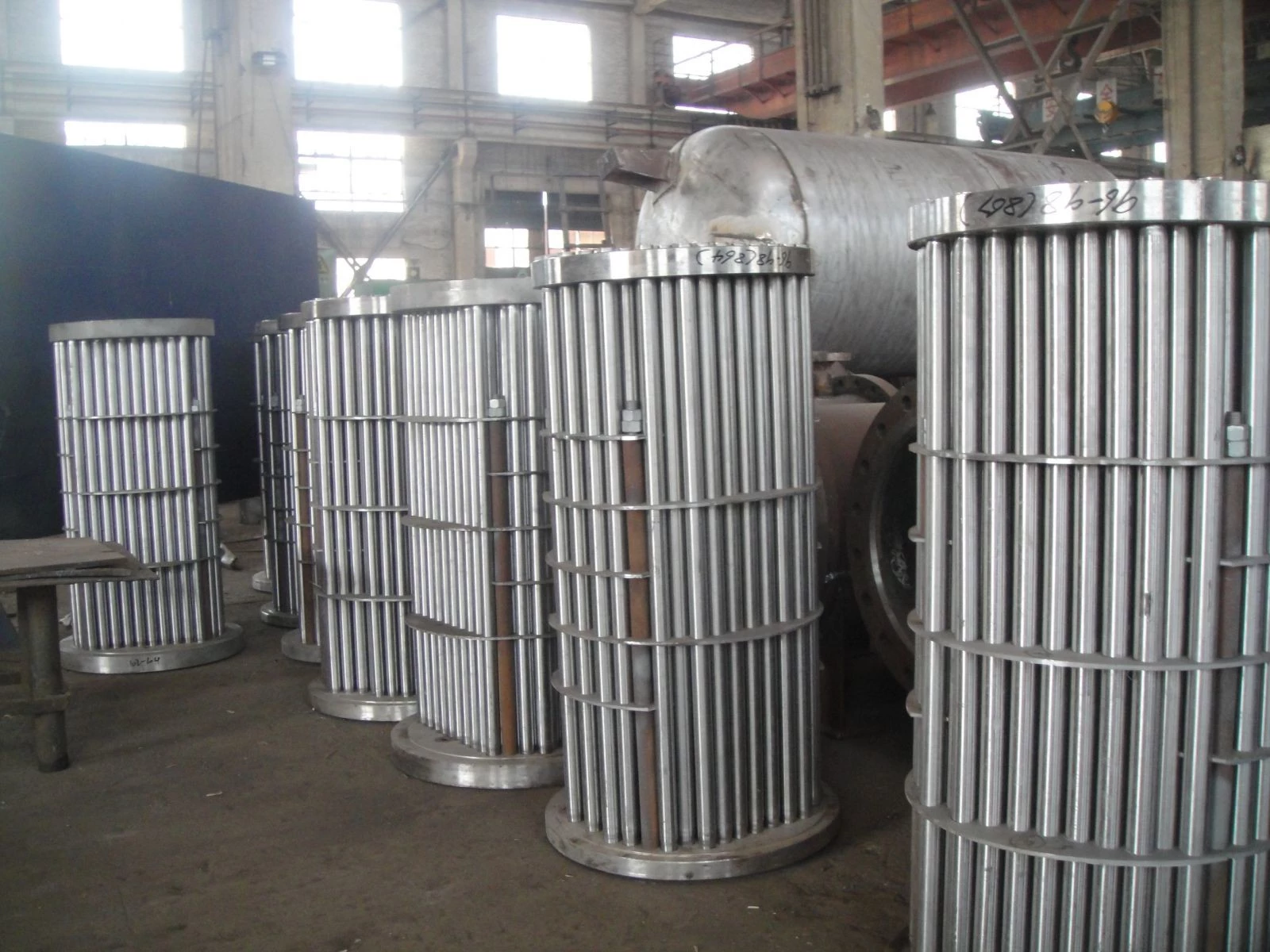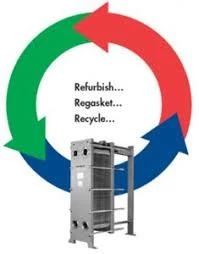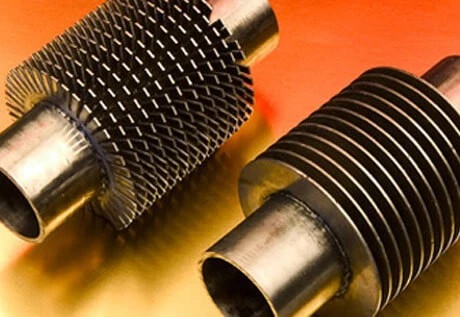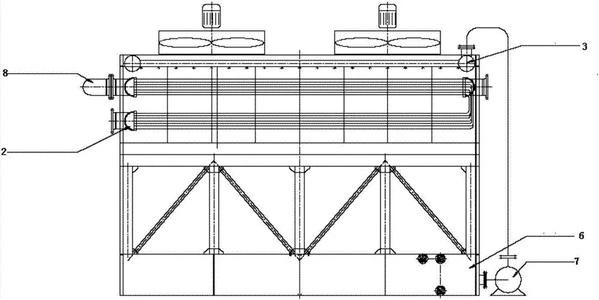What Causes Inefficiency in Heat Transfer within the Heat Exchanger?
What causes subpar heat transfer in heat exchangers? (1) Scaling on heat exchange tubes (2) Poor water quality, oil contamination, and microbial presence (3) Baffle short circuit Addressing inadequate heat transfer in heat exchangers: (1) Chemical or jet flow cleaning to remove scaling (2) Enhanced filtration and water quality management, along with media purification (3) Replacement of pipe box gasket or partition


